Soaring demand for Nintendo Switch 2 boosts massive video game market
Published in Business News
Benedict Corpuz has always been a “day one” type of person when it comes to fueling his video game habit.
Beginning in his high school years, the 45-year-old flight attendant from Kent, Wash., has tried to get his hands on new Nintendo systems on the day of their release, whether it was the Nintendo 64 or its less popular successor, the GameCube. The new Nintendo Switch 2 was no different. He lined up at 6:30 p.m. Wednesday at the Federal Way Best Buy in Washington, was allowed in the store at 9:01 p.m. and was back in his car with the coveted item — which he had preordered — by 9:13 p.m.
“It’s a good feeling to be one of the first,” he said. “I just really enjoy playing the games.”
Demand for the roughly $450 handheld device, which officially launched Thursday, was high as eager shoppers like Corpuz waited in line for hours to acquire the newest iteration of the Switch, which launched eight years ago to robust sales. “Let the games begin!” Nintendo of America posted on social media, showcasing photos of excited customers holding up their Switch 2 devices.
By afternoon in Los Angeles, there were reports of the devices selling out at some retailers, a clear indication of the console’s success. Shortages were reported in a number of international markets. The last time a console release generated so much attention was in 2020, when Sony’s PlayStation 5 and Microsoft’s latest Xbox were released during the same month.
“Realistically, it’s going to be sold out for quite a while,” Michael Pachter, a managing director at Wedbush Securities, said of the new Switch. “By January, maybe they’ll get supply and demand in balance.”
The popular device, which introduces several new games including “Mario Kart World,” will provide a boost to the global video game and game services market, which is expected to grow 1% to $201 billion this year, according to estimates from London-based Ampere Analysis. Video games are a massive business in entertainment, with gross revenues far exceeding annual worldwide box office ticket sales for movies, for example.
Console sales alone are projected to hit $16.5 billion this year, up from $13.4 billion in 2024.
Ronald Santa-Cruz, a research manager at Ampere, estimates that Switch 2 will sell 13.6 million units in 2025, and attributes its popularity to a large install base of Switch users ready to upgrade, improved performance and capabilities to support higher fidelity games, and the loyalty of fans to Nintendo’s franchises, which include “Super Mario Bros.” and “The Legend of Zelda.”
The original Switch, which launched in 2017, saw sales soar for Nintendo during the COVID-19 pandemic as people looked for ways to entertain themselves at home. Nintendo said it has sold 152 million units of Nintendo Switch hardware as of March 31.
Before launching the Switch, Nintendo’s future was uncertain. The video game pioneer, based in Kyoto, Japan, had struggled to compete in the intense consoles market against the likes of Sony and Microsoft, said Rob Enderle, principal analyst with advisory services firm Enderle Group. Nintendo’s onetime chief rival, Sega Corp., stopped making and selling consoles in 2001 after a series of failures.
But the Switch heralded a turnaround. Its hybrid design, which allowed for on-the-go playing, broadened its appeal beyond the typical console gamers.
“Back before the Switch, it was really kind of unclear whether Nintendo was going to survive,” Enderle said, adding that the Switch was different enough from the other offerings and portable. “The end result is it allowed them to restore their market opportunity. But without the Switch, I think they would have gone under.”
Nintendo is forecasting that Switch 2 hardware sales will total 15 million units in its fiscal year, with the goal of reaching the sales that the company had with the first Switch in the 10-month period from its launch in March 2017, said Shuntaro Furukawa, president of Nintendo Co. Ltd. in a briefing last month. Furukawa said that the tariff situation in the U.S. and the possibility of a recession did not reduce the company’s forecast.
“Our first goal is to get off to the same start we did with Nintendo Switch, and we are working to strengthen our production capacity so we can respond flexibly to demand,” Furukawa said.
“We appreciate the positive response from our fans,” Nintendo said in a statement, declining to share launch-day sales numbers.
Nintendo said it supplied its retail partners with “a significant amount of products for launch” and encouraged anyone who didn’t get a Switch 2 during preorder to visit their favorite retailers.
“We’ll work hard to replenish our retail partners with a steady stream of product as we make every effort to meet demand,” Nintendo said.
Nintendo of America President Doug Bowser told CBS News on Thursday that the company has been “delighted with the demand we’ve seen thus far” and that preorders sold out in a “very quick period of time.”
While the Switch is off to a strong start, its future pricing remains uncertain as the Trump administration imposes tariffs. Despite the uncertainty, analysts said that they think demand will remain strong for the device.
©2025 Los Angeles Times. Visit at latimes.com. Distributed by Tribune Content Agency, LLC.
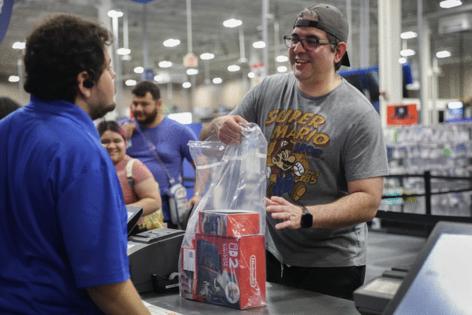
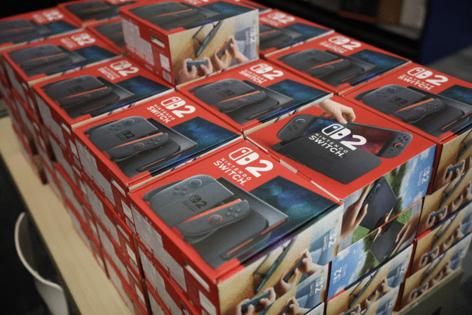



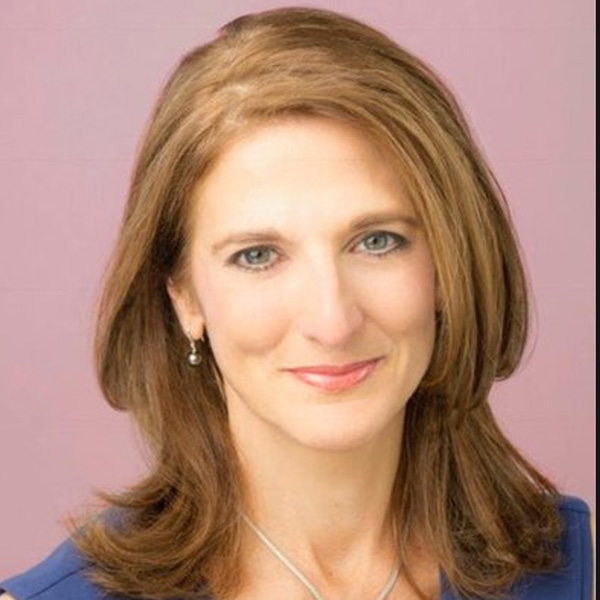
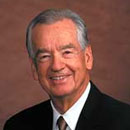

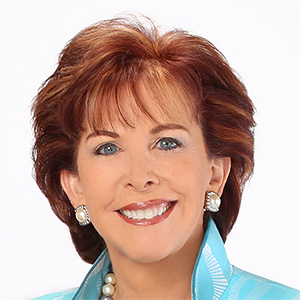



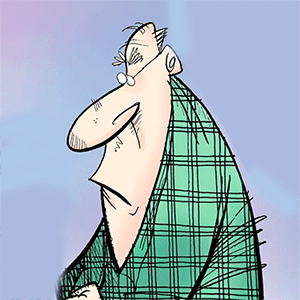

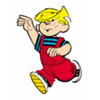
Comments